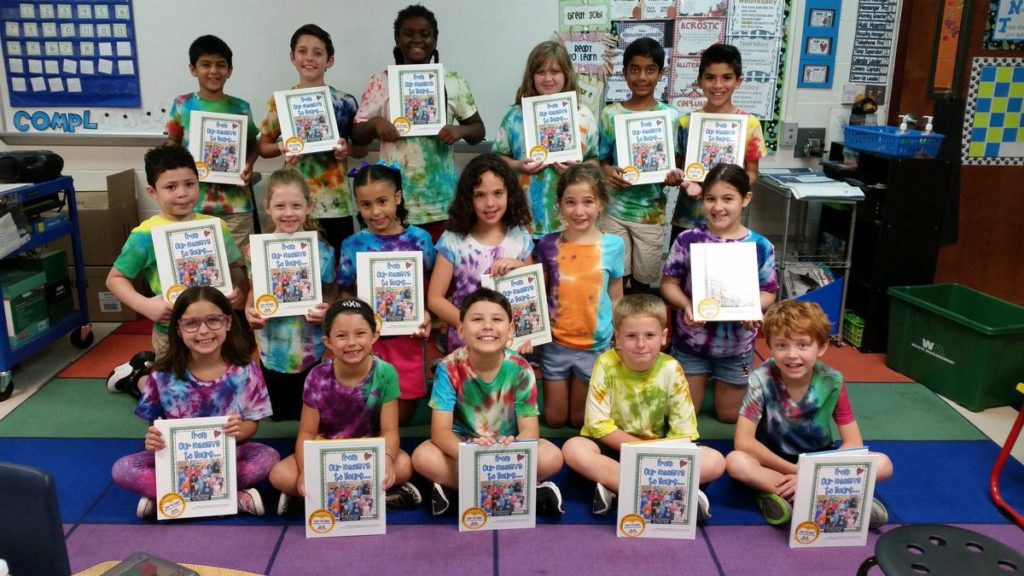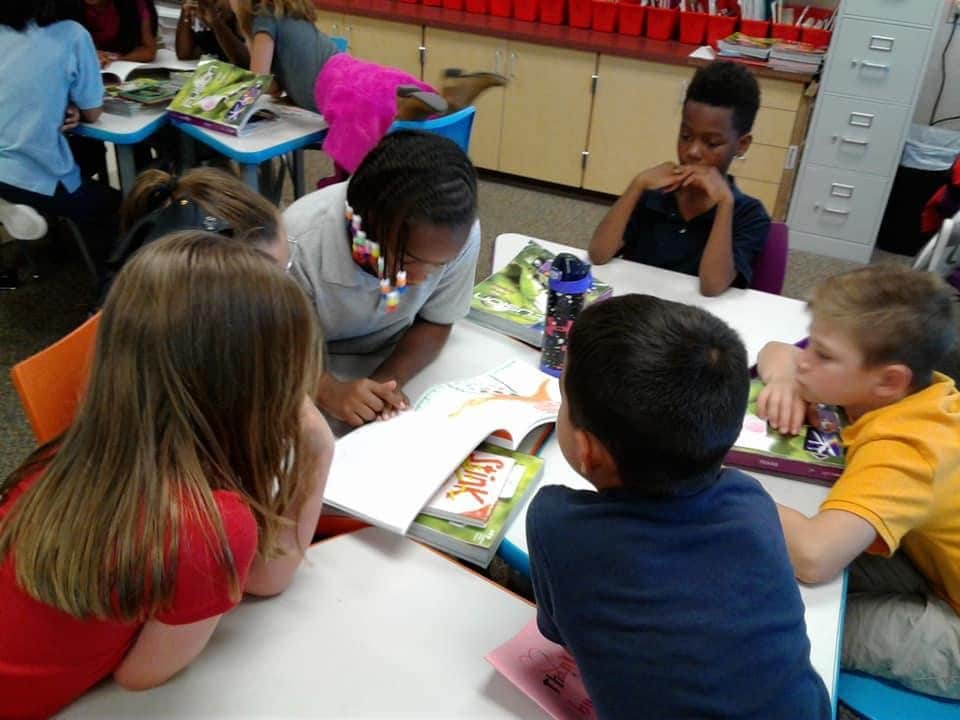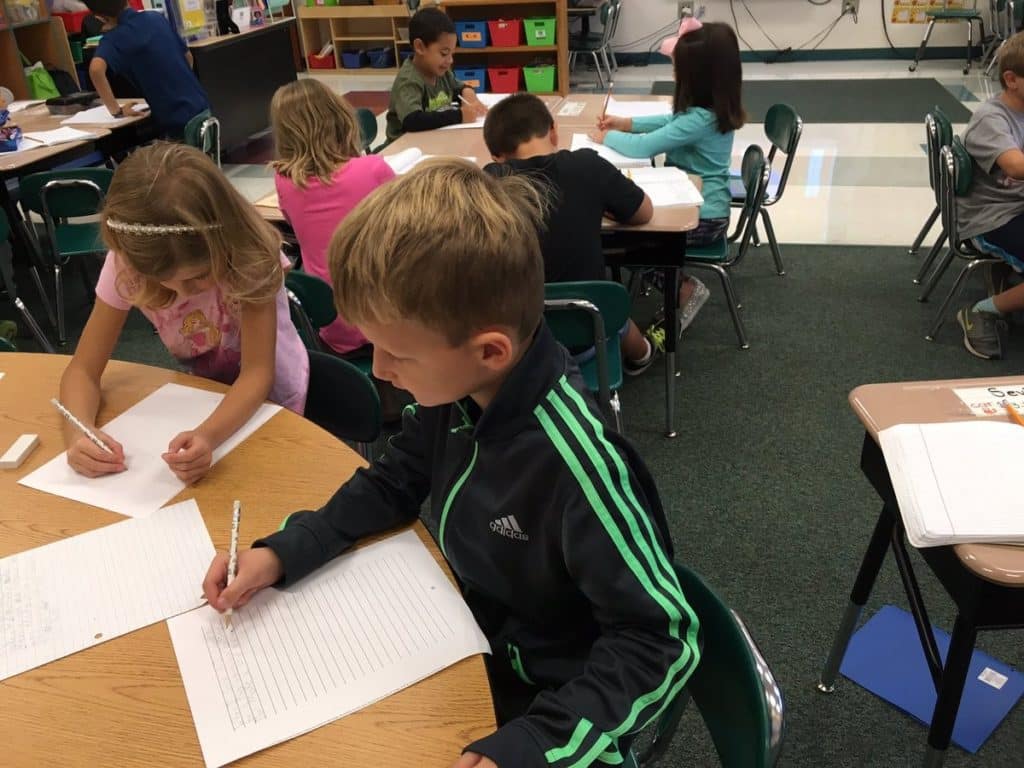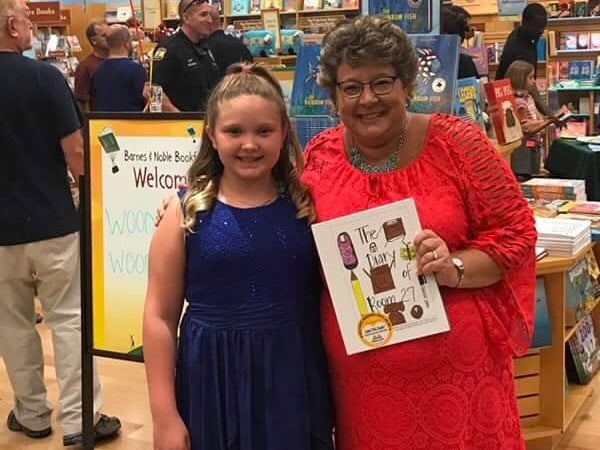 Kids never cease to amaze me. Their creativity and their curiosity are boundless; the world is their playground. They’re capable of almost anything, if they can just believe in themselves. This is especially true in the classroom: Studies have shown that student confidence and learning may be intimately connected with higher levels of confidence directly correlating with improved academic performance. In other words, the more they believe in their own ability to learn, the more they learn!
Kids never cease to amaze me. Their creativity and their curiosity are boundless; the world is their playground. They’re capable of almost anything, if they can just believe in themselves. This is especially true in the classroom: Studies have shown that student confidence and learning may be intimately connected with higher levels of confidence directly correlating with improved academic performance. In other words, the more they believe in their own ability to learn, the more they learn!
The key to building student confidence lies in giving them the chance to succeed and prove themselves—to teachers, to peers, to parents, but especially to themselves. So how can you build your elementary students’ confidence? A classbook project might be just the ticket. Guiding them through the process of becoming published authors is an excellent way to help them discover for themselves what sort of wonders they are capable of.
Here are four ways to grow more confident and more creative students by getting them involved in the publishing process.
1. Realizing That Inexperience is Irrelevant
Age really is just a number. Publishing a classbook is proof that you don’t have to be an adult to achieve your biggest dreams, nor do you need extensive experience to accomplish something great. A professionally published classbook is concrete evidence that your elementary students don’t need to wait until they’re all grown up or have become masters of a certain subject area to set and pursue ambitious goals—they already possess everything they need to accomplish amazing things. Now they have something in common with even the most famous authors, whether that’s A.A. Milne or Diana Wynne Jones: they, too, have been published.

Ms. Gross’s #proudauthors prove you don’t have to be an adult to be amazing.
2. Breaking Down Big Projects Into Bite-Sized Steps
A project like creating and publishing a collaborative classbook can sound a little like being asked to climb Mount Everest—a huge undertaking for which your students may not quite feel prepared. But the beauty of the publishing process is that it can easily be broken down into smaller, much more manageable steps. It can be as easy as taking something you’re already working on, and translating the final version onto our special kits.
Just like scaling a mountain starts with putting one foot in front of the other, creating a classbook begins with putting pen to paper, getting a few words down on a page and drawing a picture or two. After drafting comes editing, and after that, revising, before finally sending final drafts off for publishing—and before they know it, they’re done! Walking your students one step at a time through this project helps them see how they can conquer even the biggest mountains by taking things one step at a time.

Ms. Chadwick’s #proudauthors share their publishing victory with fellow students.
Are you Enjoying this Content?
3. Reframing Editing as a Learning Opportunity
Writing can be hard work, and revising can seem even harder when approached with the wrong attitude. However, by teaching your students to see editing as an opportunity for improvement and revising as a way to level up their writing skills, you can help them adopt more positive attitudes towards both the project and their own abilities.
After all, even their favorite authors often write multiple drafts—in fact, J.K. Rowling wrote at least 10 different opening chapters for the first book in the Harry Potter series! And, the more they work on their writing and improve it, the better the final result will be—and the prouder they will be of both their writing and themselves.

Mrs. Groves’s #proudauthors are working hard to polish their prose to perfection.
4. Spotlighting a Job Well Done
The intrinsic value of seeing your work in print can be a great motivator—just ask any author what it felt like to finally hold their first printed book in their hands. It’s also fantastic for building student confidence. Publishing their work is equivalent to telling them, “You matter. Your work matters. It deserves to be shared with others.”
When their work is published, it’s a signal that their writing is worthy of being enjoyed by anyone who might see their book on a shelf and think, “That looks like something I’d like to read.” It’s an incredibly empowering experience for authors of all ages, but especially for young writers who are just beginning to trust in their own words.

One #proudauthor from Ms. Kelly’s class proudly displays her work at a local Barnes and Noble.
Building Confidence Through Publishing
I built this company because I believe in the power of student publishing. Creating and publishing a classbook together teaches elementary students invaluable writing and communication skills in a fun and dynamic way, while also providing them and their families with an irreplaceable keepsake in the form of a beautiful, professionally bound book.
But more than that, publishing a classbook teaches your students to believe—in their teacher, who promised their hard work would be rewarded; in their peers, who worked together with them to bring their project to life; and most of all, in themselves. By helping them become published authors, you’re helping them build their confidence and sense of self-worth in a way that’s as engaging as it is memorable—a lesson they won’t soon forget.
For free resources that can help you give your students the opportunities they need to succeed and build their own self-confidence, be sure to check out our online teacher’s lounge, and sign up today for your free publishing kit!
Image sources: Lead image via Pexels user Porapak Apichodilok; Images 1, 3, 4 via Twitter





